Cracking the Code
Seniors start all girls comp-sci club at PV
Seniors Rachel Lee and Ashley Shaaf started a Girls Who Code chapter at Pascack Valley last year, encouraging the female representation in the STEM field.
Since their freshman year, seniors Ashley Shaaf and Rachel Lee made a promise to teacher Nancy Ricca that they would both be teaching assistants in their final year of high school for her computer science course.
They not only followed through with this promise, but they also brought a new computer science club to Pascack Valley: Girls Who Code.
“For our club, we get a whole bunch of girls together and we code and do projects by collaborating,” Shaaf said. “You can make those interpersonal connections to inspire and empower.”
You can make those interpersonal connections to inspire and empower.
— PV senior Ashley Shaaf
During her junior year, Lee researched the Girls Who Code movement and brought her proposal to start a PV Girls Who Code club to Shaaf, who was immediately “on board with the idea.”
According to the Girls Who Code website, GWC is a nonprofit organization that started in 2012 and aims to support and increase the number of women in the computer science fields by providing girls with the necessary technical skills and opportunities to join the STEM workforce.
“I was always interested in female representation in the STEM field,” Lee said. “I was researching how we can bring that same sentiment to PV.”
Lee and Shaaf then reached out to Ricca, a PV math and computer science teacher of 20 years, because they knew that she was interested in the same type of female representation that both girls were passionate about.
“After learning about [Girls Who Code], I had wanted to start one here at PV but never got around to it,” Ricca said. “When Ashley, Rachel, and Ms. Burns, a Pascack Hills teacher, approached me about facilitating the club, it was just the push I needed to get it started here.”
Last year, Shaaf and Lee said that in order to get the club approved, they had to get a list of 30 or more girls interested in joining and run it by PV Principal Tom DeMaio. Once he approved of it, it was moved to the Board of Education where it was also approved for its first-year trial run. The club was deemed successful by the administration after its first year, so the girls were allowed to continue running the club going into the 2019-2020 school year.
“We found people to join mostly by word of mouth and talking to our friends who would go on and tell others,” Shaaf said. “Ricca also would tell her math classes, who were mostly juniors at the time, so we want to try and get more underclassmen interested this year.”
Ricca said that the curriculum for Girls Who Code allows students to join regardless of their programming experience since it is just important to get the amount of student involvement up for PV’s comp-sci classes and clubs.
“When we were in our freshman year comp-sci class, I could count the number on my fingers of students who were enrolled, maybe five,” Lee said.
Shaaf said that Ricca is always advocating, even to her math class saying, “You better take comp-sci,” which has successfully promoted the comp-sci classes and clubs going into this year.
“Typically, my comp sci classes are male-heavy, but this year, my period five class consists of 10 females out of 16,” Ricca said. “Some of whom were former math students of mine or members of GWC.
Ricca started working at PV in 2000 and was asked to teach C++, a programming language used to create computer programs, to the computer science class. She had taken one course in college in a similar language, so she taught herself C++ and started taking graduate computer science classes a year later because of how much she loved it.
“Computer science is an ever-changing field, so I’m always learning new things and languages,” Ricca said. “I love the thrill of programming, and I love watching my students create something out of nothing.”
I love the thrill of programming, and I love watching my students create something out of nothing.
— PV math and computer science teacher Nancy Rica
In 8th grade, Shaaf realized that she was interested in computer science after taking a computer class at George G. White School. While Shaff wants to be a lawyer, she said that it is a possibility that she will minor in computer science.
“I don’t want to just drop it when I get to college,” Shaaf said. “ I’ve been doing it for so long.”
Shaaf found inspiration for PV’s Girls Who Code from her mom who currently does cybersecurity and was in the Girls Who Code chapter at her workplace as well.
“I had kind of known about Girls Who Code before, but [my mom] pushes for representation too, so she told me about it,” Shaaf said.
Unlike Shaaf, Lee had never really heard of computer science before high school and originally perceived it to be a sort of typing class. She decided to choose computer science freshman year as her elective because the other classes did not interest her.
“I didn’t know I was going to like it this much until I took it and realized it was the right fit for me,” Lee said. “I’ve been doing it for all four years of high school.”
Lee said that she definitely wants to pursue a STEM degree in college in either comp-sci or math, or possibly both.
“Girls can code, and it’s important that you pursue that area because in the future tech jobs are growing and it’s important to be literate in how your machine and phones work,” Shaaf said.
Shaaf said there is a statistic from the Girls Who Code website which indicates that around 20% of computer science graduates are female. The same statistic can be applied to the technology workforce, so the club is trying to send the message that they want to increase that statistic in order to combat gender stereotypes.
“The GWC organization is committed to closing the gender gap that exists in tech-related jobs, and not only is their focus on gender diversity but also on diversity amongst women,” Ricca said. “Studies reveal that the biggest drop off in girls’ participation occurs in middle school and high school. That’s why I feel that it is important to run this club.”
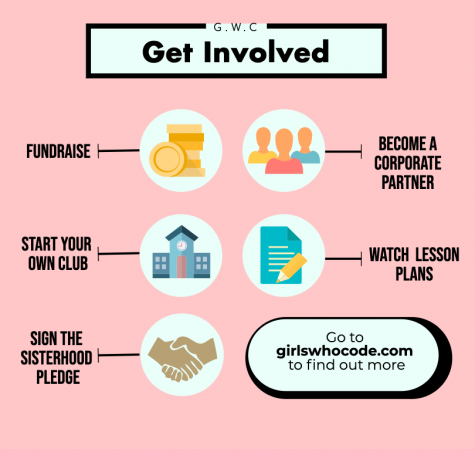

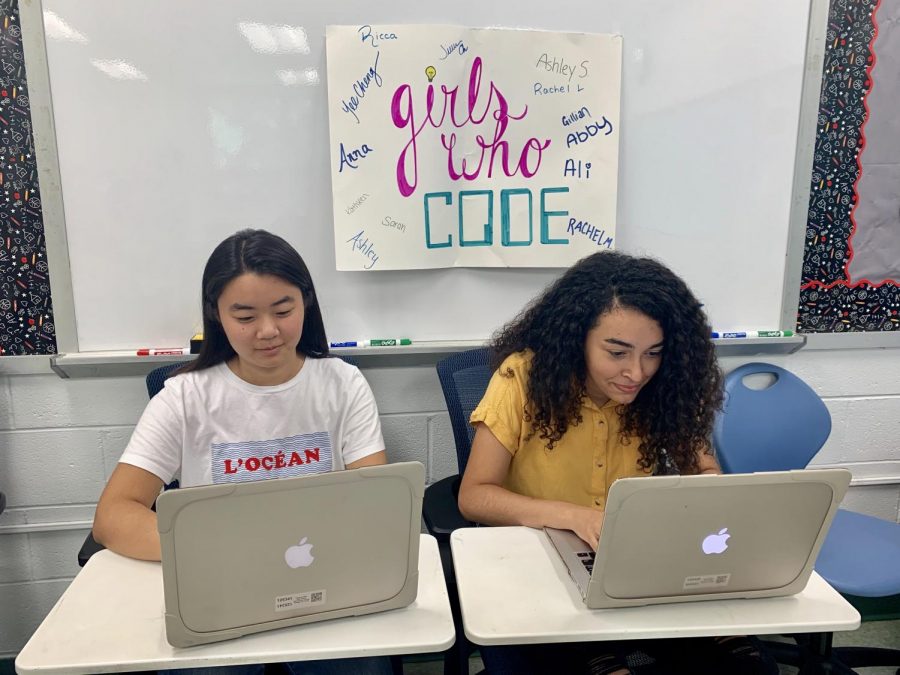
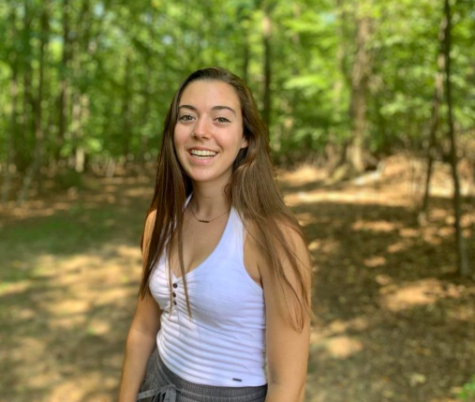
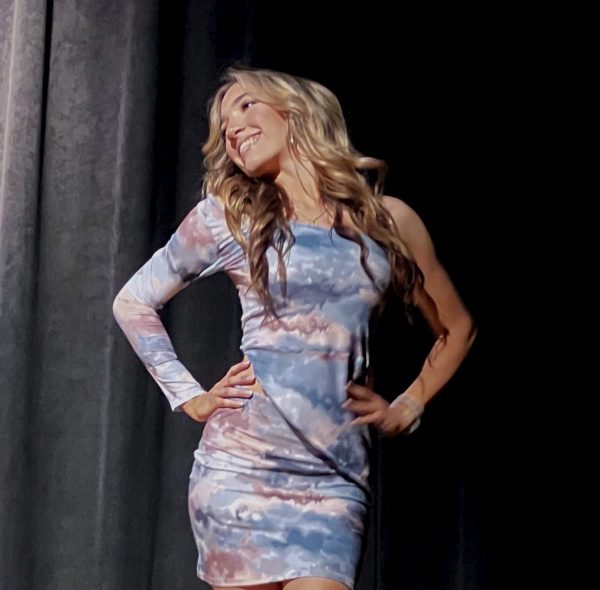
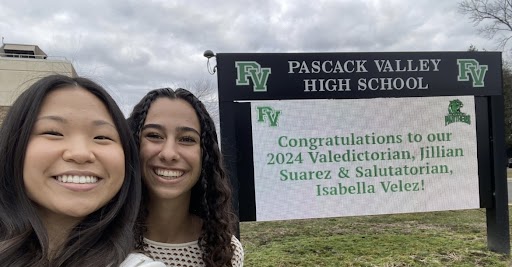
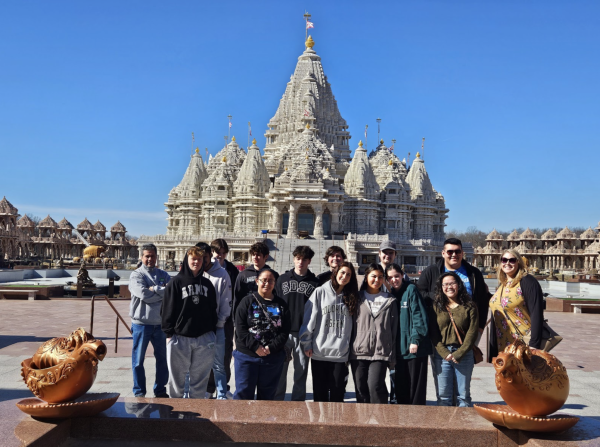
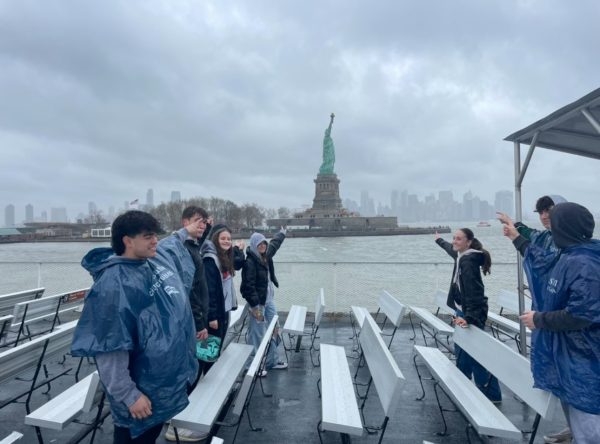
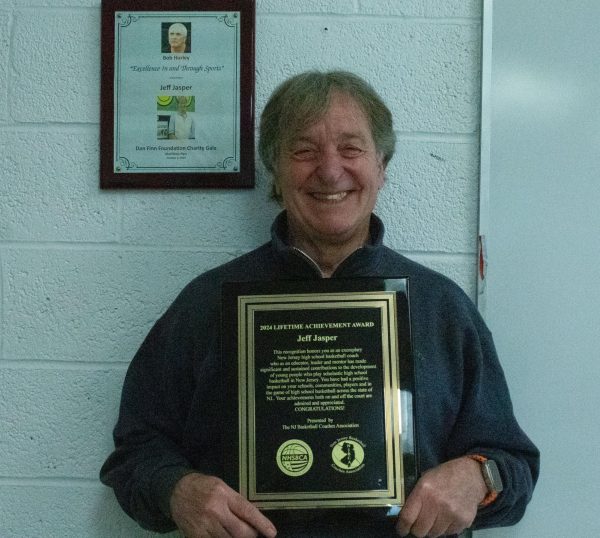

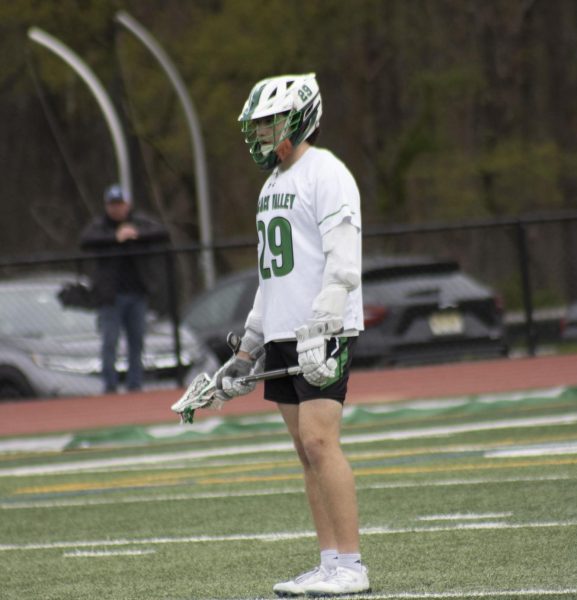
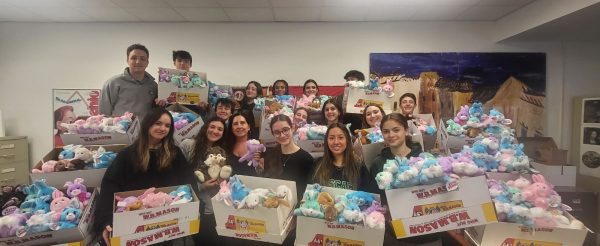
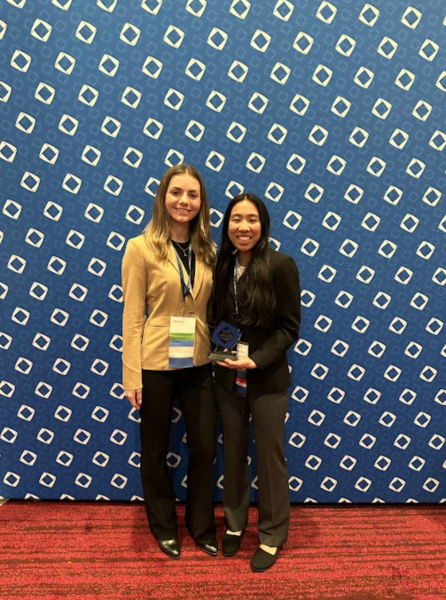
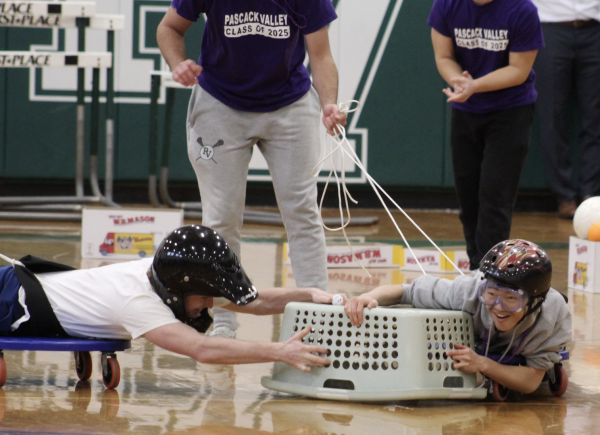
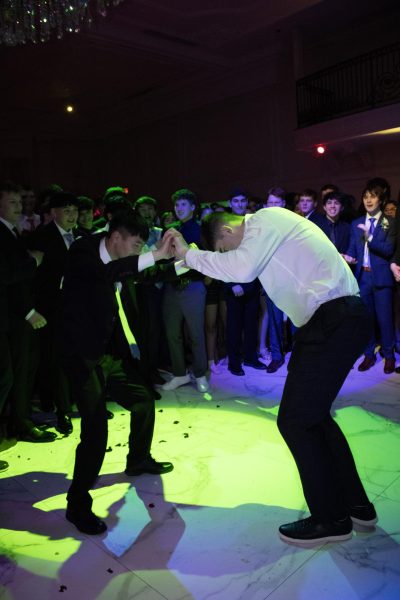
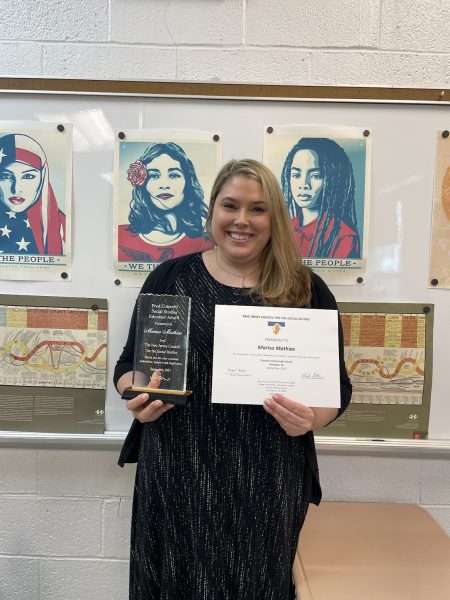
Therese Luciano • Sep 28, 2019 at 8:42 am
So great to see PV promoting girls and women in computer science and programming. As a mom of 3 PV alums, it is great to see the school and the students continue to move forward and prepare the next generation to progress in real life.!
Rachel Lee • Sep 26, 2019 at 4:02 pm
Thank you for highlighting our cause and club! we appreciate it :))
Ashley Shaaf • Sep 25, 2019 at 11:02 am
Great article! Thank you for writing about us and our club! We really appreciate it! It will definitely bring a lot more awareness to our cause!